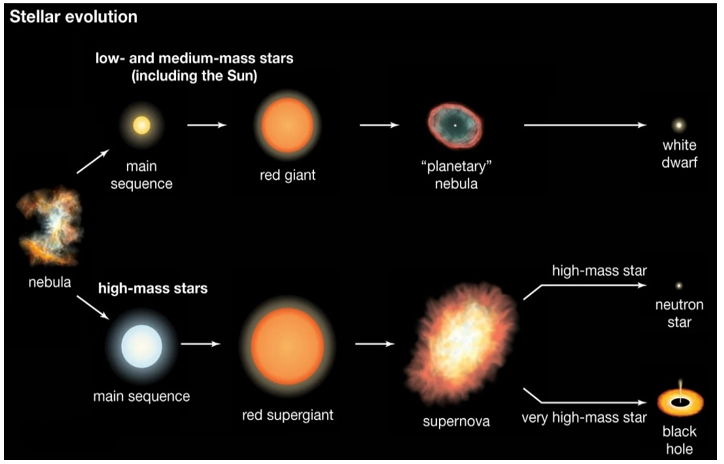You're all caught up—no notifications available.
Explore All Exams at KGS

All Exams
Explore All Exams at KGS
Khan Sir Courses
Geography I Polity I History | World Map I Indian Map I Economics I Biology
UPSC & State PSC
UPSC I BPSC I UP-PSC I MP-PSC
State Exams
UP I Bihar I MP | Rajasthan
NEET | JEE | CUET | Boards
NEET | JEE | CUET | Boards
Defence Exams
NDA I CDS I CAPF I AFCAT I SSB I Agniveer
Police Exams
UP SI | Bihar SI | Delhi Police | UP Constable
SSC Exams
CGL I CPO I CHSL I MTS I SSC GD I Delhi Police
Foundation Courses
Physics I Chemistry I Biology I History I Geography I Polity I NCERT I Math I English | Map I Reasoning
Railway Exams
RRB | RPF
Teaching Exams
TET | Teaching | UGC
Banking Exams
SBI | RBI | IBPS
Engineering Exams
Civil | Electrical | Mechanical
UGC NET
UGC NET/JRF
Current Affairs provides you with the best compilation of the Daily Current Affairs taking place across the globe: National, International, Sports, Science and Technology, Banking, Economy, Agreement, Appointments, Ranks, and Report and General Studies

SYLLABUS
GS-3: Achievements of Indians in science & technology; Awareness in the field of Space.
Context:
A recent study has identified a chemical link between lithium-rich red giant stars and their enhanced helium abundance, offering fresh insights into stellar evolution during the red giant phase.
More on the News
The study was conducted by the Indian Institute of Astrophysics, an autonomous institute of the Department of Science and Technology (DST), using data from the Himalayan Chandra Telescope and global archival sources.
The discovery offers a new lead in understanding the chemical and structural changes occurring during the red giant evolutionary stage.
Indian Institute of Astrophysics (IIA)
Key Highlights of the Study
The study infers helium abundance by first measuring deviations in hydrogen abundance in the stellar atmosphere (the outer layer of a star where light originates).
The study infers helium abundance by first measuring deviations in hydrogen abundance in the stellar atmosphere (the outer layer of a star where light originates).
The team compared magnesium abundances derived from atomic and molecular spectral lines (light patterns used to identify elements in a star) to determine hydrogen levels accurately.
The change in hydrogen is used to derive helium abundance through model atmospheres constructed for different hydrogen-to-helium ratios.
The researchers applied this method to a sample of eighteen red giants and two supergiants using high-resolution spectral data.
The analysis showed that six stars had helium levels higher than the standard He/H ratio of 0.1.
Five of these helium-enhanced stars were red giants, and one was a supergiant.
The study reports that all helium-enhanced red giants were also super lithium-rich, while the lone supergiant was an exception.
However, the reverse was not always true, i.e., not all lithium-rich giants showed helium enhancement, suggesting a one-way but not universal chemical link.
The findings confirm that helium enrichment in the photosphere of red giants is accompanied by lithium enrichment.
This is the first spectroscopic determination of photospheric helium abundance in both normal and lithium-rich field giants.
About Stellar Evolution and its Stages
Stellar evolution is the process of changes a star undergoes throughout its life, from its birth in a cloud of gas and dust to its eventual death, which depends primarily on its mass.
Stellar Evolution Stages Nebula: A large cloud of gas and dust where star formation begins through gravitational collapse.


NCERT Books
Resources
We love learning. Through our innovative solutions, we encourage ourselves, our teams, and our Students to grow. We welcome and look for diverse perspectives and opinions because they enhance our decisions. We strive to understand the big picture and how we contribute to the company’s objectives. We approach challenges with optimism and harness the power of teamwork to accomplish our goals. These aren’t just pretty words to post on the office wall. This is who we are. It’s how we work. And it’s how we approach every interaction with each other and our Students.
Come with an open mind, hungry to learn, and you’ll experience unmatched personal and professional growth, a world of different backgrounds and perspectives, and the freedom to be you—every day. We strive to build and sustain diverse teams and foster a culture of belonging. Creating an inclusive environment where every students feels welcome, appreciated, and heard gives us something to feel (really) good about.
Get Free academic Counseling & Course Details
